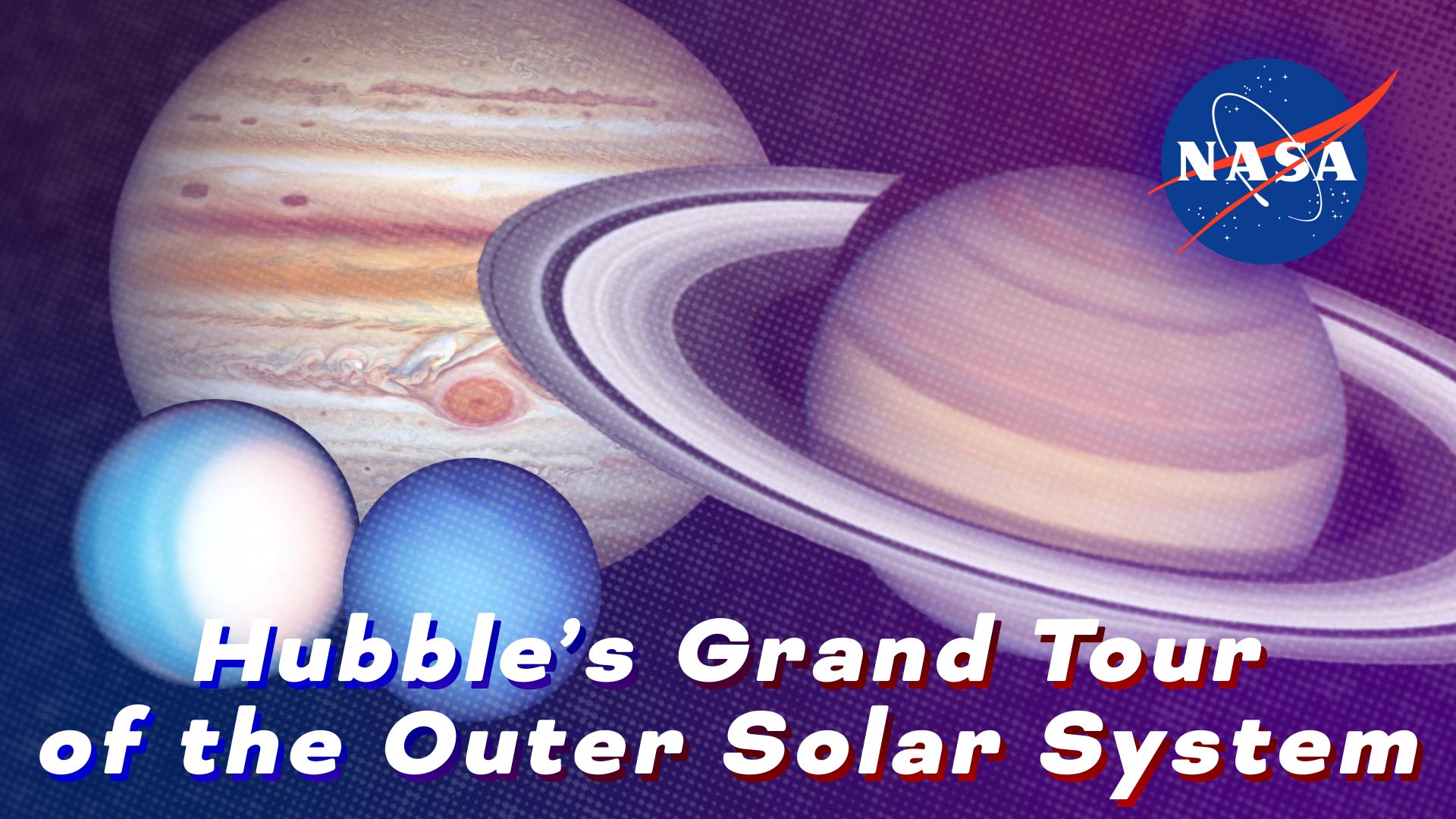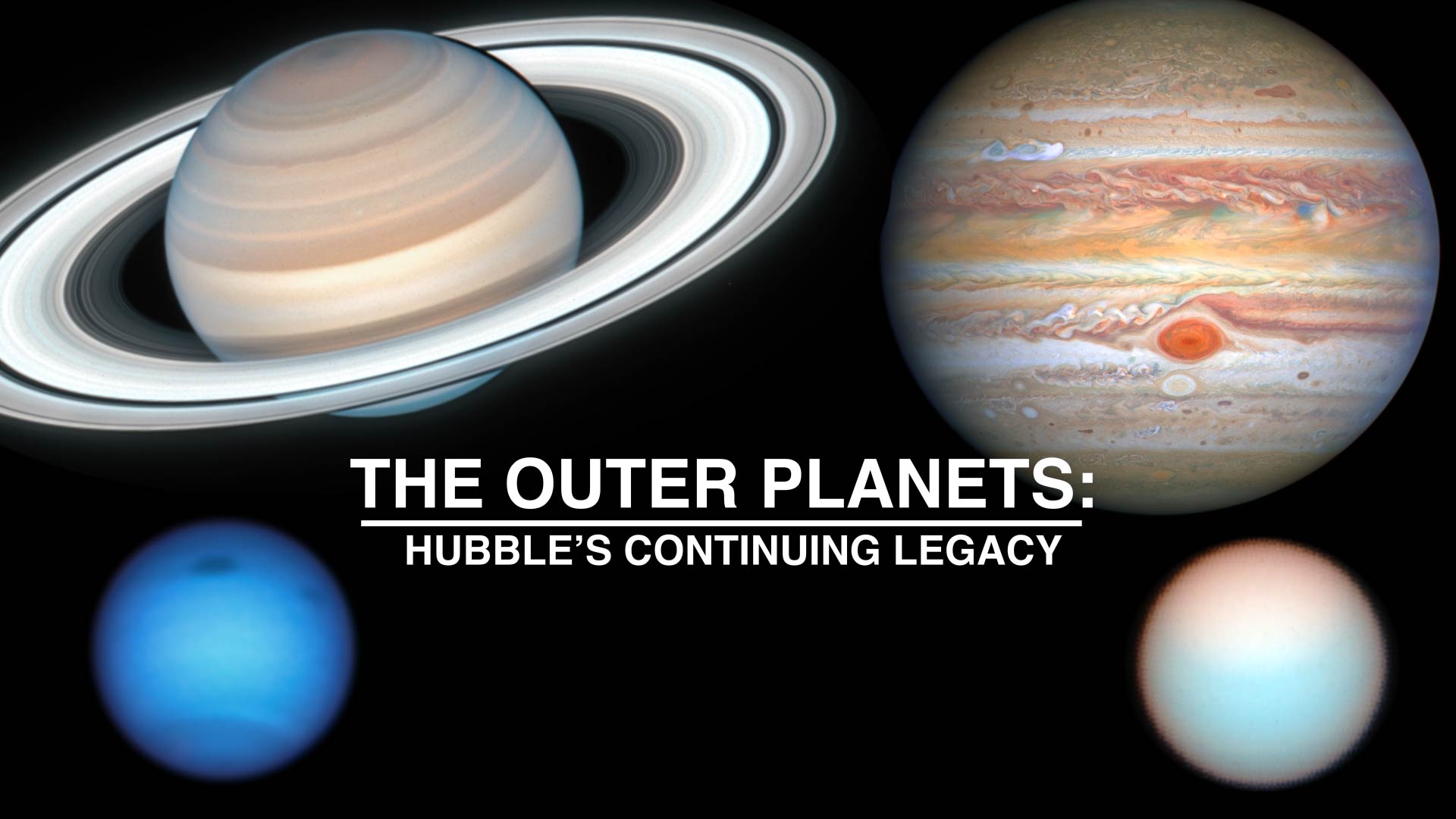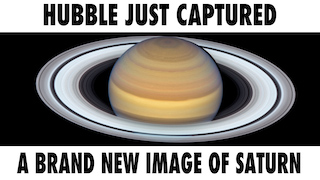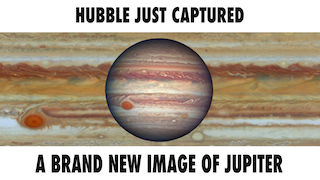Exploring Our Solar System with Dr. Amy Simon
Dr. Amy Simon has always been fascinated with space. From a young age she dreamed of lifting off in the Space Shuttle, just like her hero Sally Ride. Over the years her interest in space remained, and she eventually found herself working at NASA.
Dr. Simon is the Senior Scientist for Planetary Atmospheres Research in the Solar System Exploration Division at the NASA Goddard Space Flight Center. Her scientific research involves the study of the composition, dynamics, and cloud structure in jovian planet atmospheres, primarily from spacecraft observations like the Hubble Space Telescope.
Dr. Simon is also involved in multiple robotic flight missions, as well as future mission concept development. She was a co-investigator on the Cassini Composite Infrared Spectrometer (CIRS) and is the Deputy Instrument Scientist for the OSIRIS-REx Visible and near-IR Spectrometer (OVIRS), as well as the Landsat 9 TIRS2 instrument, and the Lucy L'Ralph instrument Deputy PI. She is PI of the Hubble Outer Planet Atmospheres Legacy (OPAL) program. She recently served as science co-lead of the NASA Ice Giants Mission Concept study.
This inspiring woman shows the world that anything is possible, and that you should always work hard to follow your passion in life.
For more information, visit https://nasa.gov/hubble.
Music Credits:
"Falling Freet" by Christian Tschuggnall [AKM] and Michael Edwards [APRA] via Atmosphere Music Ltd. [PRS] and Universal Production Music.
“Darwin’s Extraordinary Journey” by Laurent Dury [SACEM] via Koka Media [SACEM], Universal Publishing Production Music France [SACEM] and Universal Production Music.
Master Version
Horizontal version. This is for use on any YouTube or non-YouTube platform where you want to display the video horizontally.
Vertical Version
This vertical version of the episode is for IGTV or Snapchat. The IGTV episode can be pulled into Instagram Stories and the regular Instagram feed.
Credits
Please give credit for this item to:
NASA's Goddard Space Flight Center. However, please credit individual items as indicated above.
-
Producer
- Evangeline Koonce (GSFC Interns)
-
Editors
- Evangeline Koonce (GSFC Interns)
- Paul R. Morris (USRA)
-
Interviewee
- Amy A. Simon (NASA/GSFC)
-
Technical support
- Aaron E. Lepsch (ADNET Systems, Inc.)
Release date
This page was originally published on Wednesday, February 10, 2021.
This page was last updated on Wednesday, May 3, 2023 at 1:44 PM EDT.




![Music Credits: “Swirling Blizzard” by Laurent Dury [SACEM], “Sparkle Shimmer” by William Henries [PRS] and Michael Holborn [PRS] from Universal Production Music
Additional footage from:
Science@NASA:
https://science.nasa.gov/science-news/news-articles/on-the-cusp-of-understanding
JPL:
https://www.youtube.com/watch?v=DMZ5WFRbSTc
Johns Hopkins University Applied Physics Lab:
https://messenger.jhuapl.edu/](/vis/a010000/a014100/a014123/MESSENGER_ULF_waves_YouTube.00030_print.jpg)